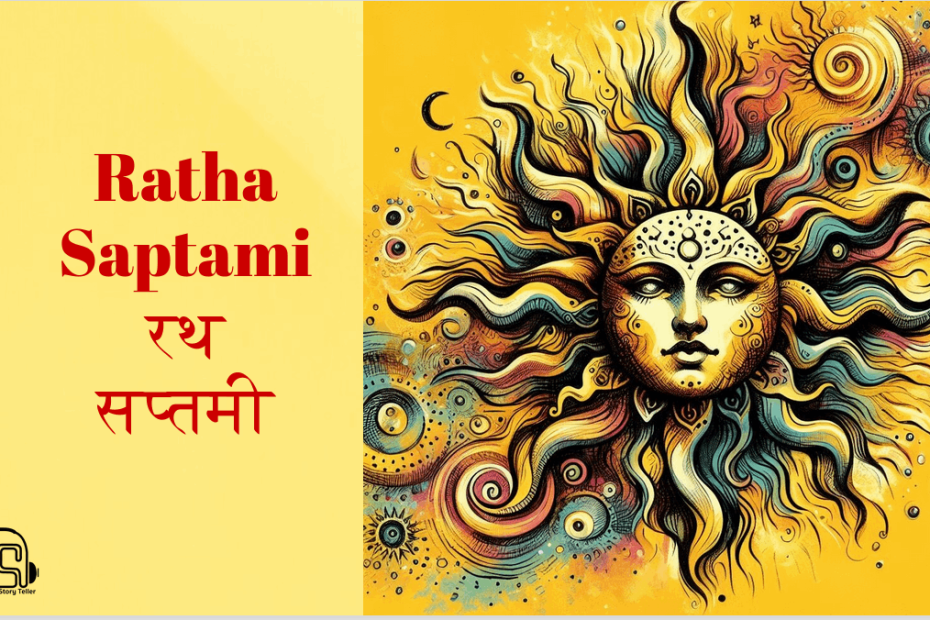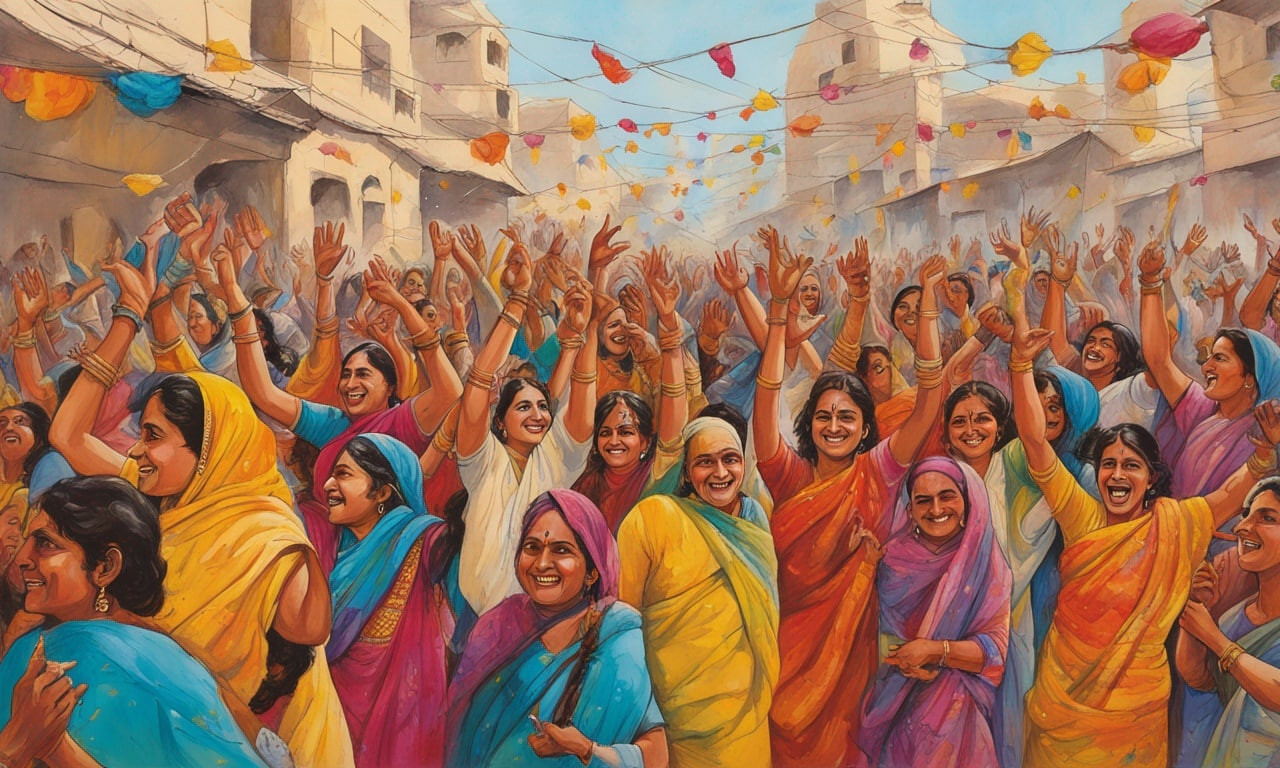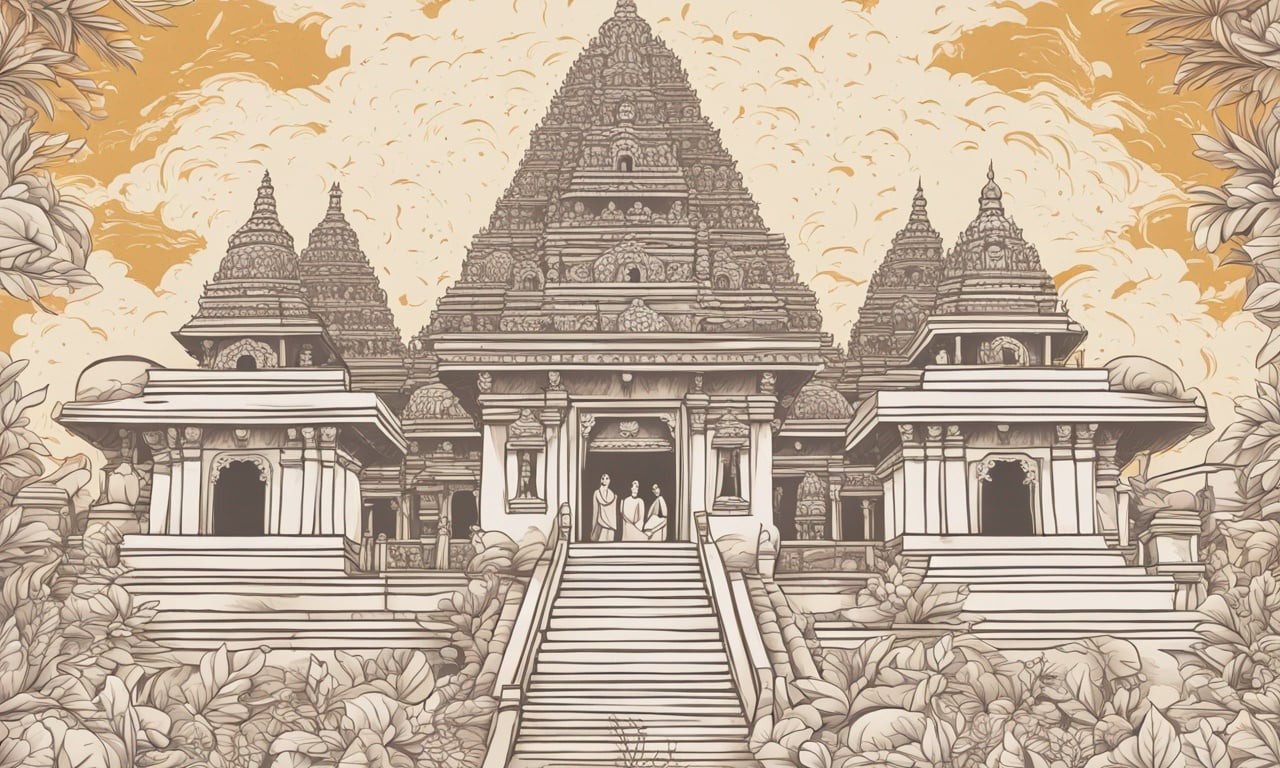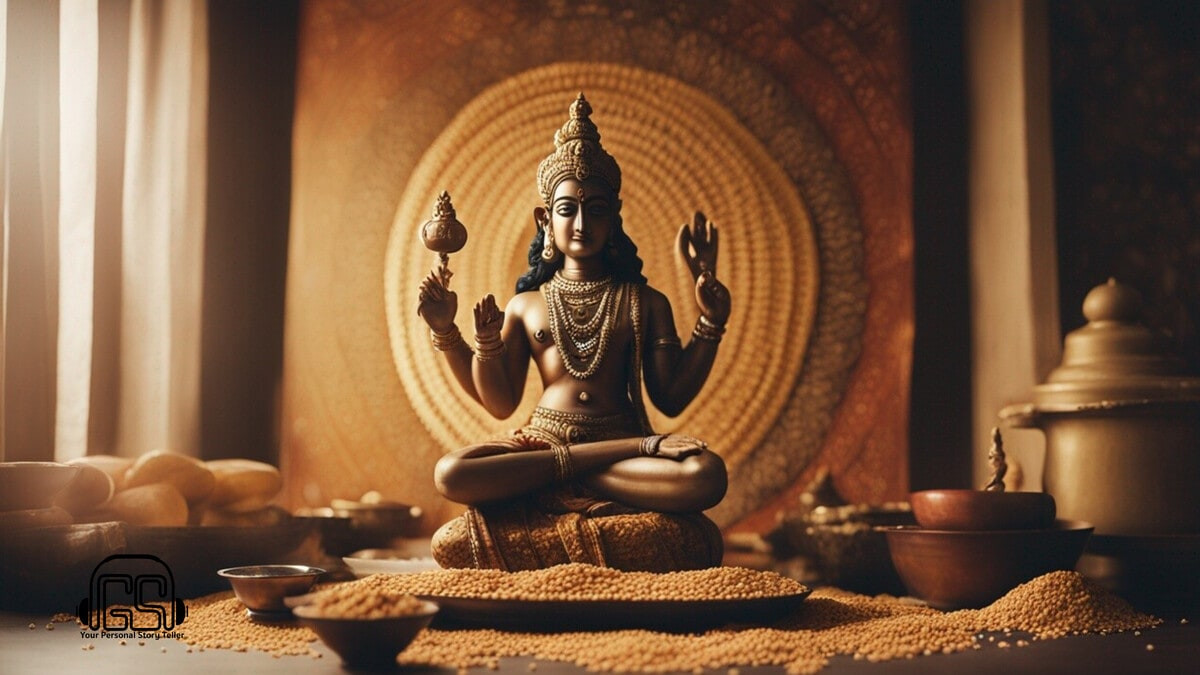Ratha Saptami, also known as Magha Saptami, is a Hindu festival that is celebrated with great enthusiasm and devotion across different parts of India. This auspicious occasion falls on the seventh day (Saptami) of the bright half (Shukla Paksha) of the Hindu month of Magha, typically occurring in January or February. The festival holds immense significance in Hindu mythology and is dedicated to Lord Surya, the Sun God.
In 2024, Ratha Saptami will be celebrated on February 16th.
On this auspicious Hindu festival, devotees across India worship Surya, the sun god. The day also commemorates the birth of Lord Surya.Ratha Saptami celebrates the sun god Surya as he begins his northward journey. This symbolic event heralds the arrival of spring and the harvest season. For farmers, the day marks the start of the New Year.
The Legend and Symbolism
According to Hindu mythology, Ratha Saptami marks the birth anniversary of Lord Surya. It is believed that on this day, Lord Surya began his chariot journey across the sky for six months. The chariot represents the Sun’s movement from one zodiac sign to another. This celestial event signifies the transition from winter to spring and symbolizes new beginnings, growth, and prosperity.The celebrations of Ratha Saptami vary across different regions in India but are united by a common thread of devotion towards Lord Surya. Here are some prominent rituals associated with this festival:
The ancient festival is mentioned in the sacred Vedas as an important day to worship the life-giving sun. Lord Surya blesses his devotees with health, prosperity, and longevity. The change in seasons also holds significance. The warmer weather indicates plentiful harvests while the positioning of the sun brings warmer days.By worshipping Surya and reflecting on the deeper meanings behind Ratha Saptami, devotees usher in the spring with bright hopes for the coming year!
Arghya to Lord Surya
Devotees wake up early before sunrise to take a ritual bath in holy rivers or lakes. They then perform “Arghya,” an offering made to Lord Surya while facing the rising sun. This act symbolizes purification, gratitude, and seeking blessings for health and prosperity.
Chariot Procession
In some parts of South India, elaborate processions are organized where idols of Lord Surya are placed on beautifully decorated chariots and pulled by devotees. These processions are accompanied by devotional songs and dances as people rejoice in the glory of the Sun God.
Offering Special Prayers
Devotees visit temples dedicated to Lord Surya and offer special prayers. They chant hymns, recite mantras, and perform aarti (ritual of waving lamps) to seek the Sun God’s blessings for a prosperous life.
Fasting
Many devotees observe a fast on Ratha Saptami as an act of devotion. They abstain from consuming food until sunset and break their fast by partaking in a meal that includes traditional dishes made with sesame seeds, jaggery, and seasonal fruits.
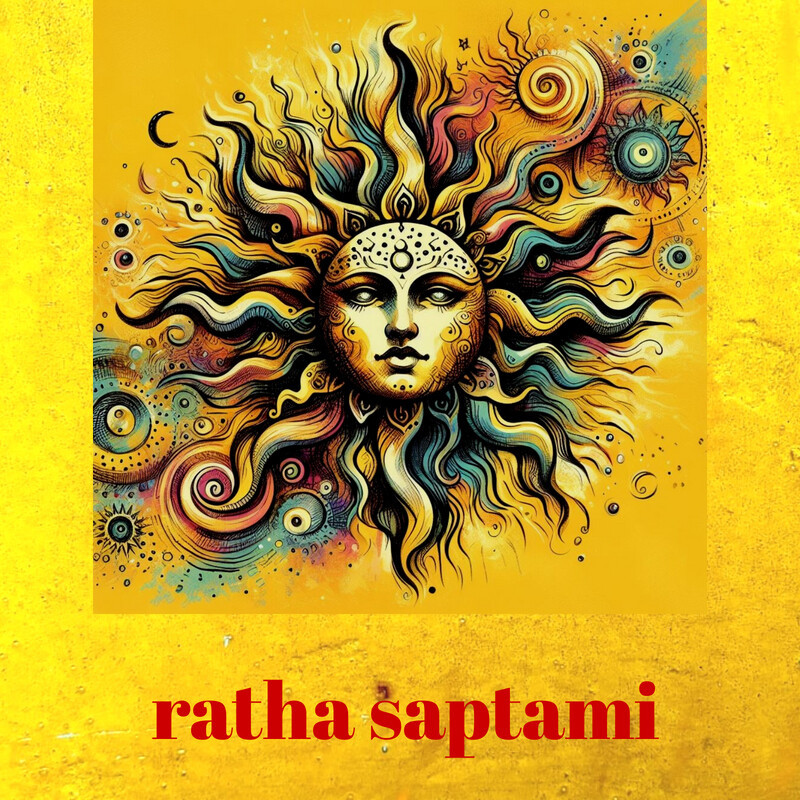
Rituals and Significance of Ratha Saptami
Rituals on this day
The day begins before dawn as devotees wake up to take a sacred bath during a period called Arunodaya. Bathing during this time is believed to keep diseases at bay in the coming year. After the holy bath, Hindus perform Surya puja by offering the sun god water, flowers, and sweet offerings while chanting mantras in his praise. Some also fast during the day. Temples see grand celebrations and special ceremonies to venerate the sun god. In southern states, people draw colourful kolams depicting Lord Surya in his chariot. Cow dung cakes are also burnt to signify the festival.
Significance of Ratha Saptami
Ratha Saptami holds immense significance in Hindu culture as it celebrates the power and radiance of Lord Surya, the Sun God. The festival not only marks the transition from winter to spring but also symbolizes new beginnings and the triumph of light over darkness. Through various rituals and celebrations, devotees express their gratitude, seek blessings for prosperity, and embrace the positive energy that comes with this auspicious day. By preserving and celebrating festivals like Ratha Saptami, Gaathastory contributes to promoting Indian culture and values through the power of storytelling.
